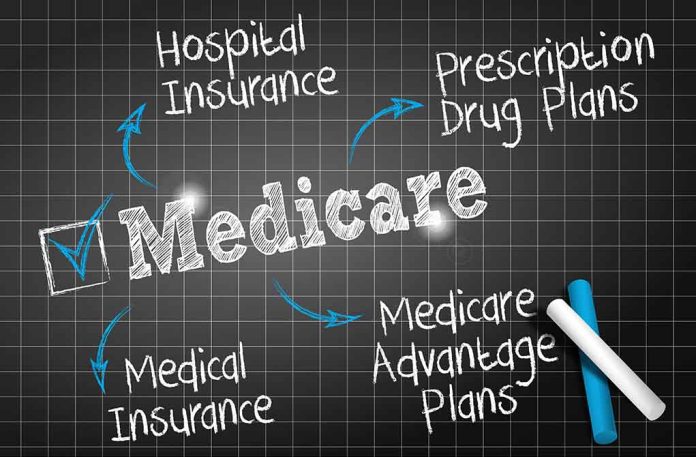
Put Medicare Savings Programs To Work – Learn More Today
(RepublicanDaily.org) – Health insurance is one of the most important ways to ensure a good quality of life. However, not every person can afford privatized health care. That is why the government offers the Medicare program. When you enroll in Medicare, your coverage includes medical care, hospitalization, special procedures, and prescription drugs. However, each individual’s costs vary depending on how much they pay for Medicare insurance over their working years and coverage levels. Although Medicare costs less than private health plans, copays and copays can add up, causing financial problems for people on fixed incomes.
The state offers four Medicare Advantage programs to help those in need pay or reduce the cost of Medicare insurance premiums. Here is an overview of each program and the eligibility criteria for receiving aid.
Qualified Disabled and Working Individuals (QDWI) Program
The QDWI program assists with Part A premiums to those over 65 who have lost their Social Security benefits (SSD) and free Part A premiums due to reintegration. In 2022, the revenue and resource limits for the QDWI program are:
- $4,615 per month for single people and $6,189 per month for married couples
- Resource limit of $4,000 for individuals and resource limit of $6,000 for married couples
To qualify for the QDWI program, you cannot receive medical benefits from the state where you live.
Qualified Medicare Beneficiary (QMB) Program
The Medicare Advantage Plan (QMB) helps people pay premiums, deductibles, and copayments for covered goods and services in Parts A and B. The QMB program is a minimal resource and financial plan for individuals and couples. These limits change every year. Currently, they are:
- $1,153 per month for single people and $1,546 per month for married couples
- An individual resource limit of $8,400 and a resource limit of $12,600 for married couples
Note: Areas are smaller in Alaska and Hawaii. You should apply if you live in both places and your income and assets are limited. You are still eligible for the QMB program.
Those who qualify for the QMB program cannot get billed for services and items except outpatient prescription drugs. In 2022, pharmacists cannot charge you more than $4.00 for any drug covered under Medicare Part D.
Specified Low-Income Medicare Beneficiary Program (SLMB)
The SLMB program helps eligible people pay for Medicare Part B premiums, which cover certain types of medical services, outpatient care, medical equipment, and preventive services. The SLMB program also has income and asset limits. From 2022, these limits are:
- $1,379 single per month and $1,851 married per month
- An individual resource limit of $8,400 and a resource limit of $12,600 for married couples
As with the QMB program, limits in Alaska and Hawaii are slightly higher for the SLMB program.
Qualifying Individual (QI) Program
The QI Program is another Medicare program that helps people pay their Part B premiums if they also have Medicare Part A. You must apply for QI benefits each year and show that you have a low income and resources. Benefits are awarded on a first-come, first-served basis, and the program focuses on individuals who have received QI benefits in previous years. For 2022, the revenue and resource limits for the QI program are:
- $1,549 per month for individuals and $2,080 per month for married couples
- An individual resource limit of $8,400 and a resource limit of $12,600 for married couples
The QI income limits are slightly higher than the SLMB limits, which creates one significant difference between the two programs: If you are eligible for Medicaid, you do not qualify for QI benefits.
If you qualify for Medicare and have limited resources and income to pay your premiums, you may be able to find help from one of the four programs listed above. Go to the Medicare website and select your state to begin the application process.
Copyright 2022, RepublicanDaily.org






